By Carolyn Kousky and Noah Raven
Busy roads and wildlife are a bad combination. Collisions between vehicles and wildlife not only kill and injure animals — they can also cause substantial property damage and injure or kill drivers and passengers. In 2020, Pennsylvania had the highest total number of animal-vehicle collisions reported through insurance claims in the country — an estimated 166,404.
But there is a proven solution: wildlife crossings. Designed to be an extension of the natural landscape, wildlife crossings are overpasses or tunnels that keep wildlife off the road by giving the animals safe passage. Picture a bridge, planted with the surrounding vegetation and used by animals instead of people, or an inconspicuous tunnel built for animals under a roadway. Coupled with fencing to direct wildlife to use the crossings, they can reduce accidents and make our roadways more visually appealing.
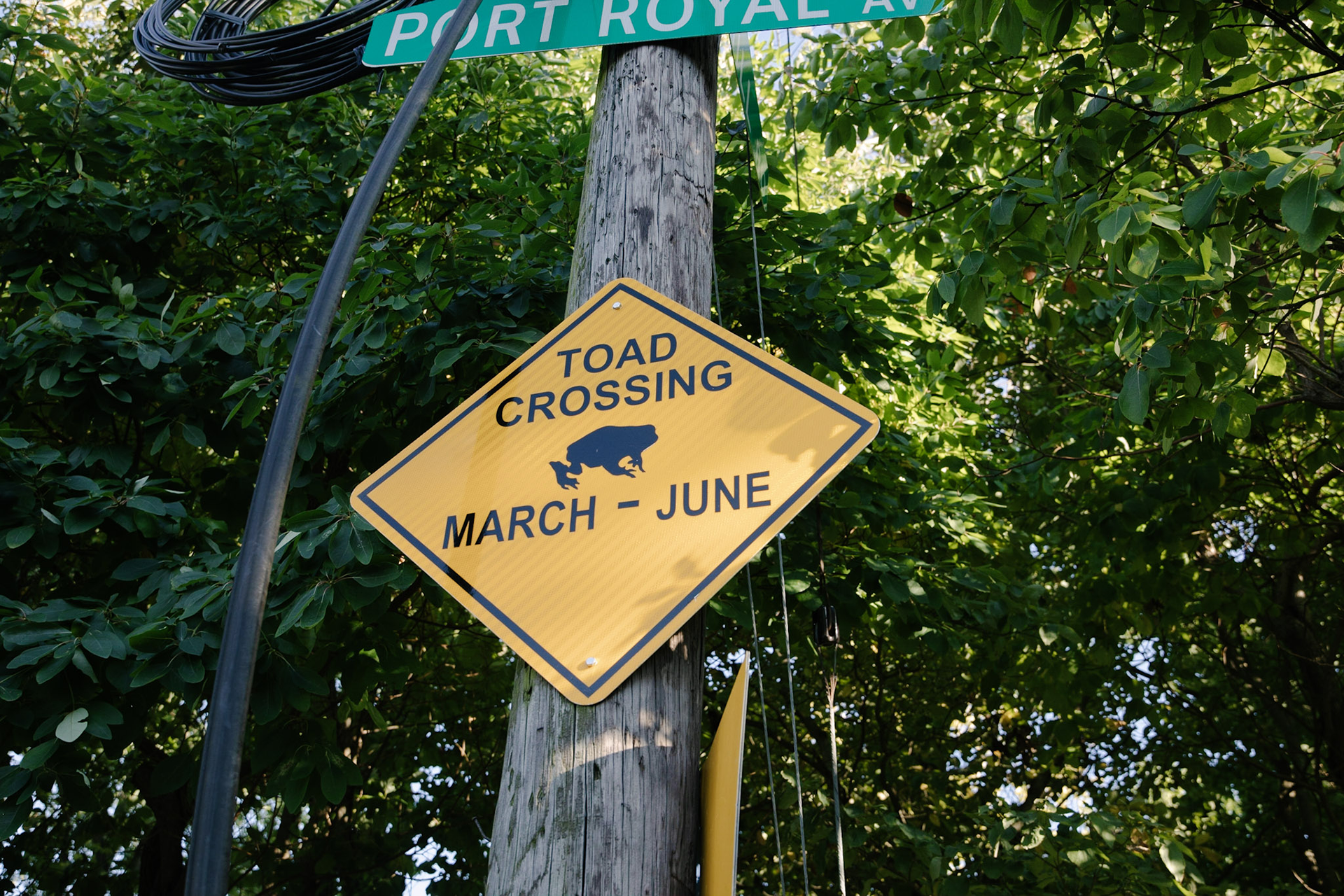
A novel funding source could support their expansion: a small fee (less than 1%) on vehicle insurance policies. State Farm estimates there were over two million insurance claims due to collisions between vehicles and animals in the U.S. in 2020-2021. Reducing the accidents would lower insurance claims and protect people and wildlife.
Our highways and roads often separate animals from their food, breeding grounds and migratory paths, forcing crossings that can be deadly for them and us. While millions of small animals, from opossums and rabbits to pets like cats and dogs, die from these collisions each year, it is collisions with large animals that cause the most damage. These collisions cause an estimated 26,000 human injuries, 200 fatalities and $8 billion in damage every year.
Helping wildlife cross our busy roads and highways not only saves their lives, but ours as well.
Research has shown that wildlife crossings, especially those that prevent large mammal collisions, can pay for themselves over time. Washington state, for example, has found that its highway crossings for wildlife save between $235,000 and $443,000 per structure each year. The benefits of crossings do not exceed costs everywhere, however; detailed analyses are needed to identify road sections that could yield the most benefit for animals and humans.
Wildlife crossings also generate substantial conservation value. Research has estimated that for 21 threatened or endangered animals, road mortality is a major threat to their survival. For some mammals, such as the endangered Florida panther, highways are the leading cause of death. Crossings allow animals to reach food sources, migratory paths, nesting grounds and other populations of the same species for mating, increasing genetic diversity.
Here in Philadelphia, for example, American toads need to migrate from conserved land at the Schuylkill Center for Environmental Education to the Roxborough Reservoir to mate and lay eggs each year. The young toads then make the migration back to the forest, but doing so requires crossing busy roads and their populations were falling due to collisions. In the absence of a safe crossing, the Schuylkill Center established a volunteer project to help them cross the road safely.
To be effective, wildlife crossings must be installed periodically in all sections of road with high rates of collisions. The federal government sometimes provides states funding for construction, but the states must then cover maintenance costs. With stressed budgets and growing needs to update aging infrastructure, there simply aren’t enough dollars. President Biden’s infrastructure bill included $350 million over five years across all states and territories for competitive grants to fund new wildlife crossings. This is an important opportunity that Pennsylvania should harness and use as a foundation for greater expansion of crossings.
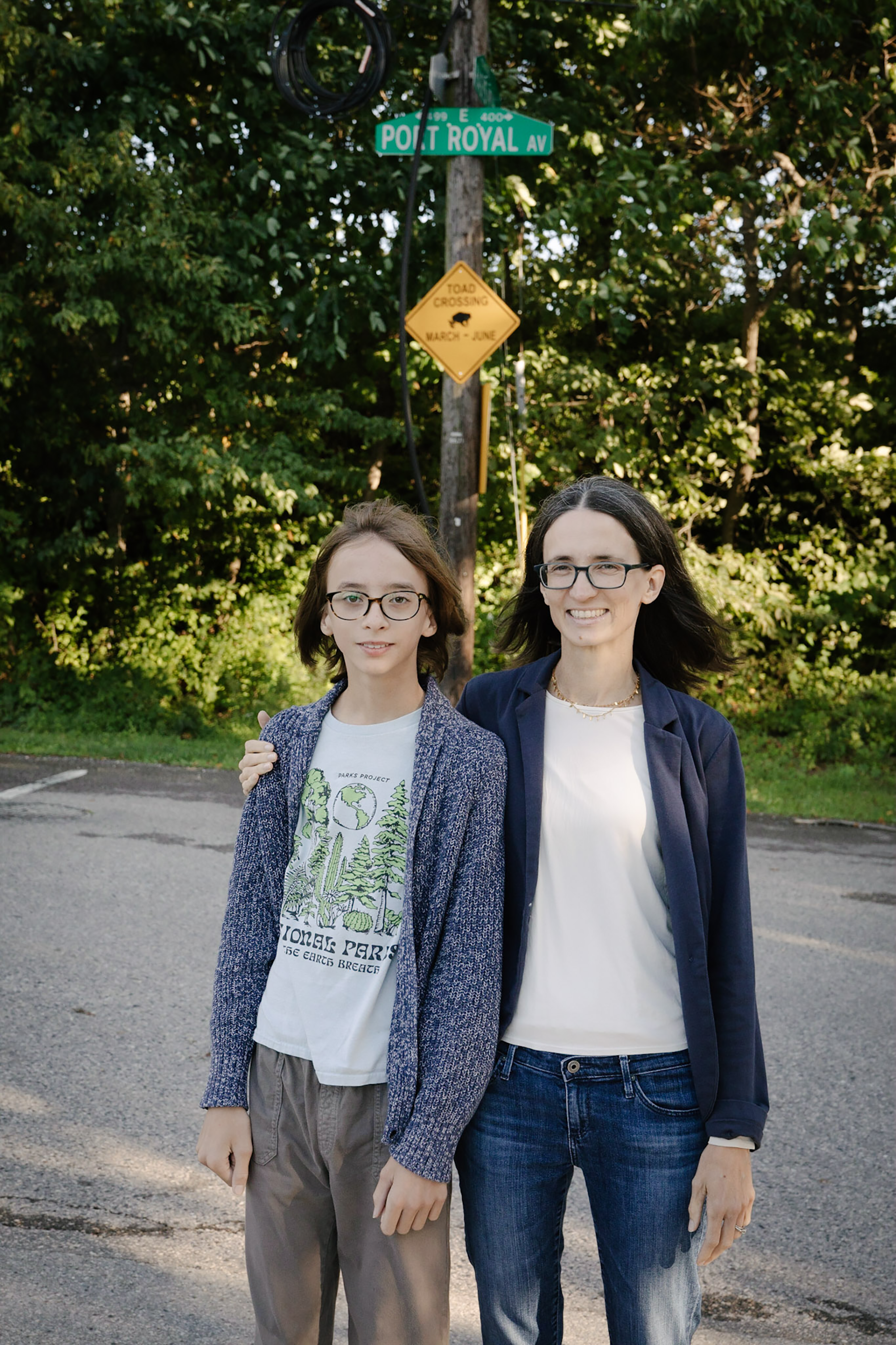
As briefly noted in a U.S. Forest Service report, substantial and sustained funding could come from a small fee on automobile insurance that would be deposited into a fund earmarked for the construction and maintenance of crossings. In Pennsylvania in 2020, there were roughly 10.6 million private and commercial licensed vehicles. If the annual per vehicle fee was only $5 — less than half a percent of the average automobile premium — it would generate almost $53 million in annual revenue. With the cost of crossings ranging from $500,000 to $2.7 million for underpasses and up to $6.2 million for overpasses, we could build and maintain many such crossings.
This fee could be designed to exempt lower-income drivers and be raised for commercial vehicles. After construction of sufficient crossings, the fee could be reduced substantially to only cover needed maintenance.
Helping wildlife cross our busy roads and highways not only saves their lives, but ours as well, and can dramatically reduce property damage from accidents. Fortunately, we know how to solve this problem: construct wildlife crossings along with roadside fencing. Let’s make sure that both animals and people can get to where they are going safely.


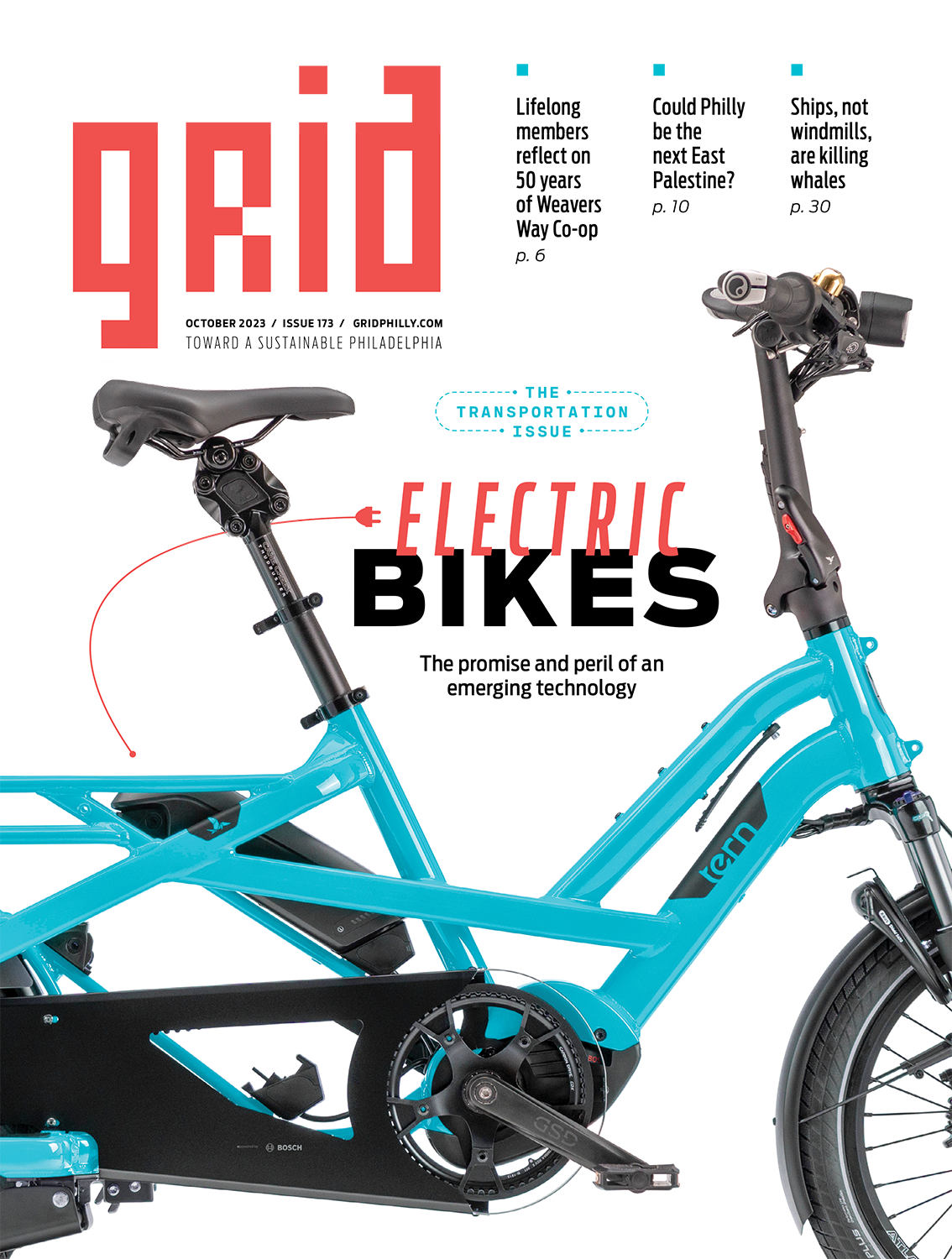

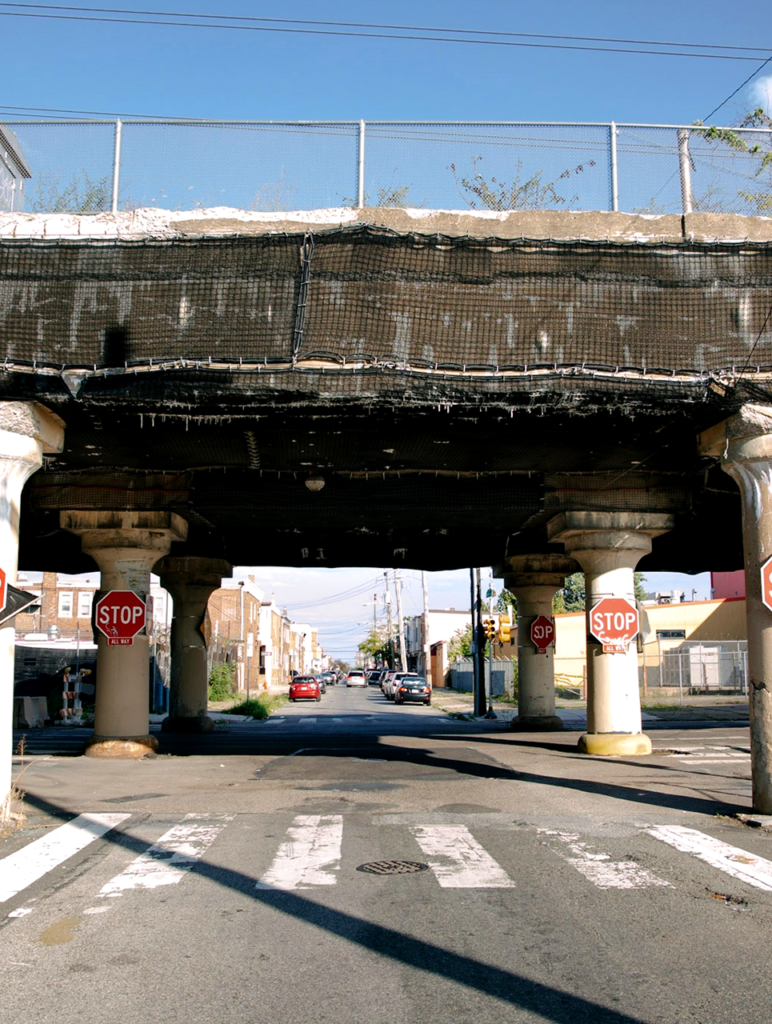

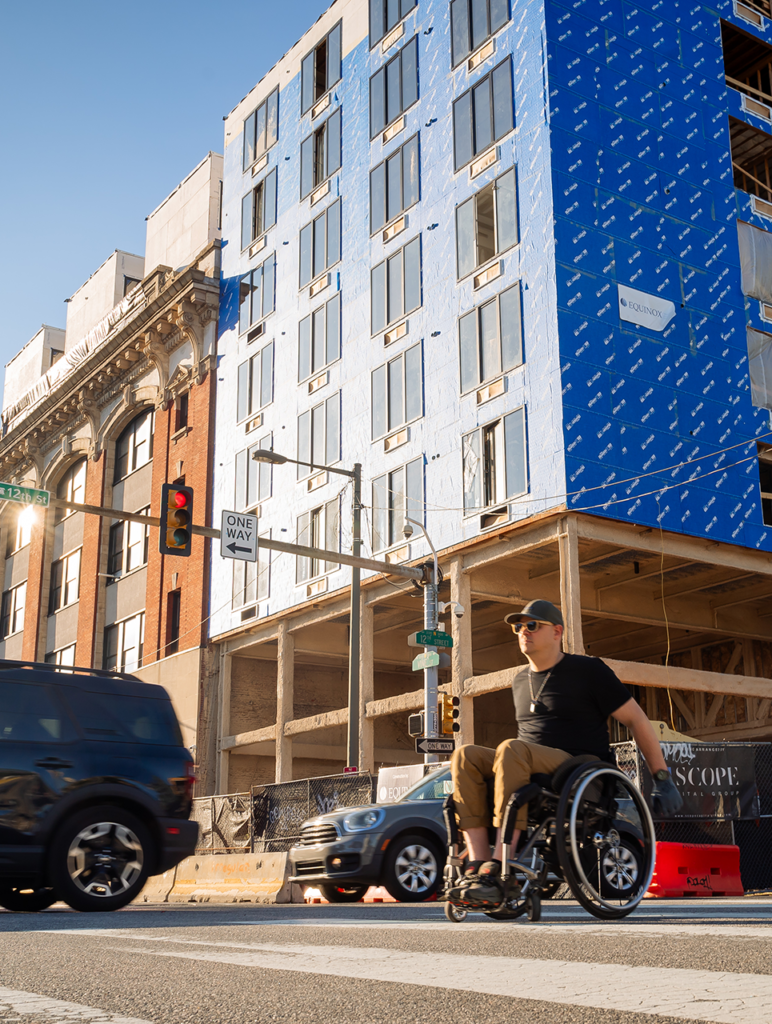
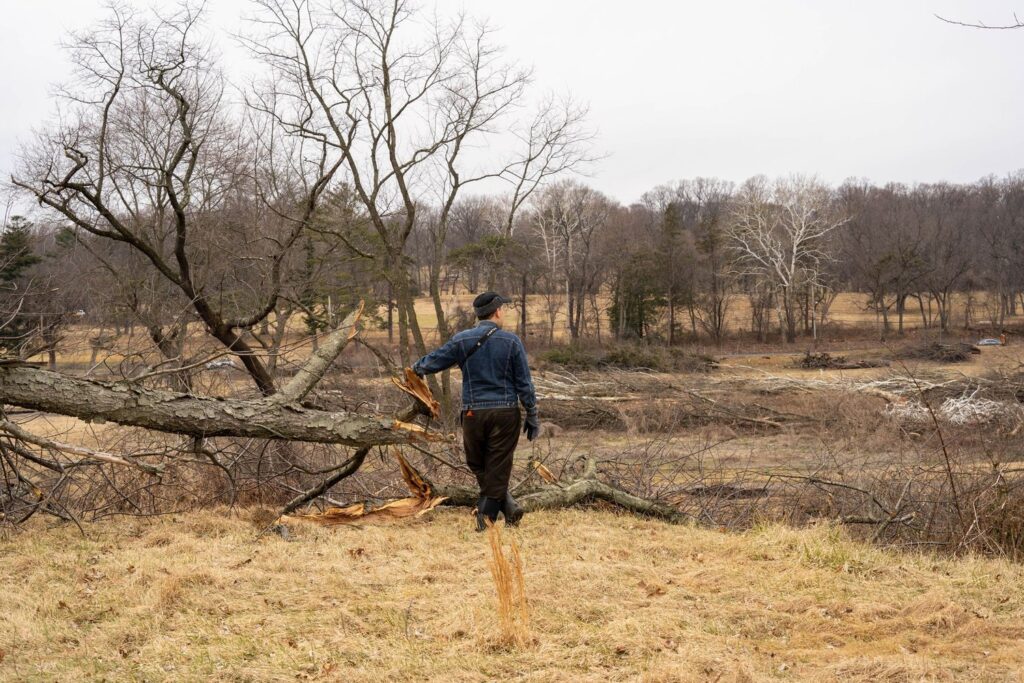
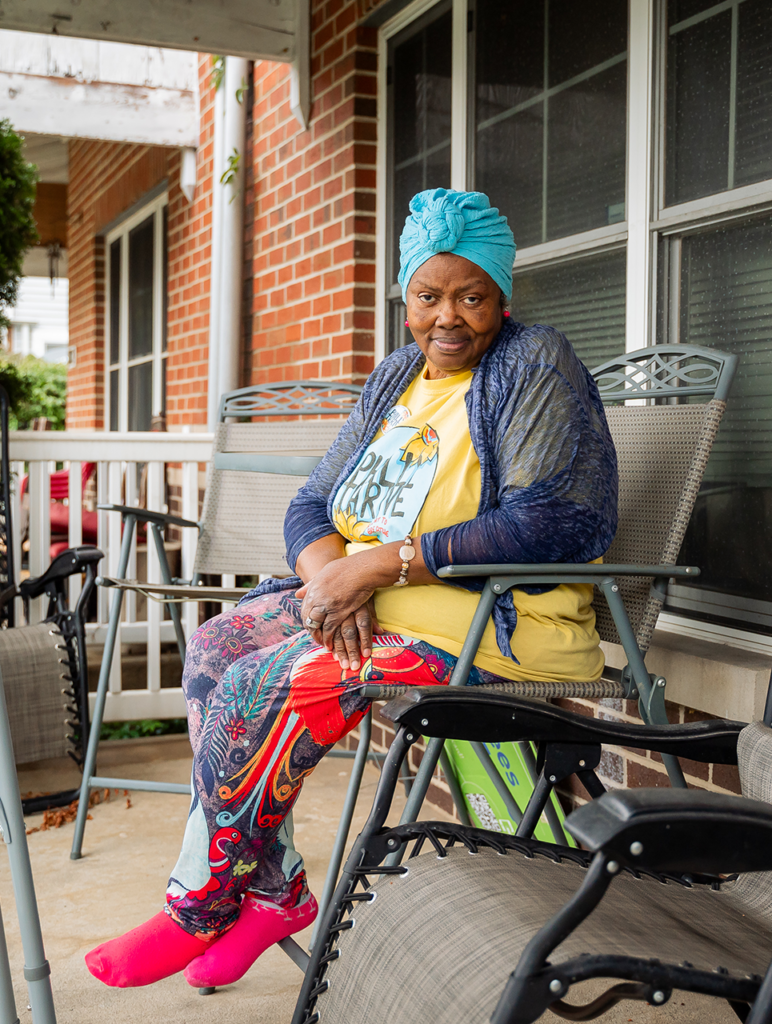
What an excellent idea!
This is long overdue. Great article! Now how to expand it to all fifty states. I am excited!!!! Saving biodiversity through local ecological restoration gives hope to each of us. Habitat corridors are a natural outdoor textbook that can teach individuals and groups the importance of their own local ecology. Act. Do local ecological restoration. Thank you!
Wonderful! A great solution for all!